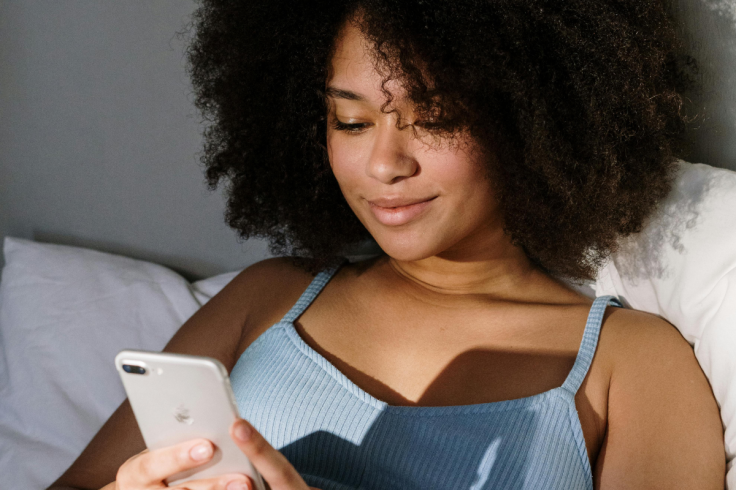Apple Responds to Criticism With Tinted Liquid Glass Option in iOS 26.1 Beta
Users now have control over the controversial Liquid Glass look

Apple's controversial 'Liquid Glass' aesthetic, the glassy, transparent design introduced in iOS 26, has divided users since its debut. Now, it seems the company has finally listened to the outcry over visibility and legibility issues.
In a rare move of direct response to user feedback, the latest iOS 26.1 beta hands control back to the customer, introducing a new and highly requested 'Tinted' option to dial down the divisive transparency effect.
Giving Users Control Over the New Glass Look
Apple's recent feature lets people adjust the 'Liquid Glass' material exactly how they want it. With the newest test version of its iPhone and desktop software, a new setting now permits users to change the glass effect to either 'Clear' or 'Tinted'.
This inclusion shows that Apple is keenly paying attention to what customers are saying during the first few months of the iOS 26, iPadOS 26, and macOS 26 releases. While the firm enjoys implementing major modifications, it generally provides an alternative for people struggling to get used to the alterations.
This was the situation when, in 2021, Apple moved the Safari browser's address bar to the display's bottom edge. Following some public disagreement about the now-infamous choice, the company later allowed users to put the bar back at the top of the screen.
TechCrunch agreed with Apple's initial action, arguing that placing the bar within simple reach of a person's thumbs is a superior position. The Tim Cook-led tech giant is now applying a comparable strategy with the new 'Liquid Glass' appearance.
Liquid Glass Controversy: Why Apple Introduced the Tint
The new interface, which was included in iOS 26 and other Apple platforms, represented the most radical overhauls since the company switched from a dimensional (skeuomorphic) to a simple (flat) appearance in 2013. As is usual with significant shifts of this size, not every user has supported the change.
Critics have suggested that the 'Liquid Glass' appearance makes certain interface elements difficult to view, such as notifications or navigation buttons in applications like Apple Music. Conversely, other people have praised the attention to detail and refreshed aesthetic of 'Liquid Glass', feeling it's a much more contemporary update for a system that had become dated.
iOS 26.1 tinted or clear option and what they look like. pic.twitter.com/4eSnb6iJss
— Aaron Zollo (@zollotech) October 20, 2025
Faced with the possibility of another polarising reaction, Apple is now returning some authority over the 'Liquid Glass' visuals to its users. This latest functionality, which was initially reported by 9to5Mac, was included in iOS 26.1 beta 4, along with the corresponding updates for iPads and Mac computers.
Choose your fighter:
— Chance Miller (@ChanceHMiller) October 20, 2025
Tinted vs Clear for Notifications in iOS 26.1 beta 4 pic.twitter.com/OkuFNSsEKB
Apple informed TechCrunch that during its testing phase over the summer, it received feedback from individuals who wanted the choice for a less transparent 'Liquid Glass' appearance. This new control, which lets people customise the aesthetic, is offered across iOS 26.1, iPadOS 26.1, and macOS 26.1.
Choice Over Backlash
Beta testers can access this functionality by going to the 'Display & Brightness' section in Settings, where they will find the new 'Liquid Glass' option. For the Mac, the control is located under 'Appearance' in System Settings.
The selector presents two choices: 'Clear' and 'Tinted', with the second option increasing the density of the visuals to boost readability. Although certain users had been campaigning for a sliding mechanism to allow for finer management of the transparency, Apple instead selected a simple on/off switch that defines the two preset levels of tint available to people.
Apple confirmed to TechCrunch that any developer who has already incorporated 'Liquid Glass' into their application will find the customer's chosen setting is automatically applied. Programmers can begin testing this functionality right now in the 26.1 developer beta.
Once people select their desired choice, the modifications will appear across all interface components, such as the 'Now Playing' buttons, Lock Screen alerts, and in both Apple's applications and those made by outside creators.
While this test feature was released for developers on 20 October, the public test version is expected in the coming days, ahead of the official general release.
© Copyright IBTimes 2025. All rights reserved.





















